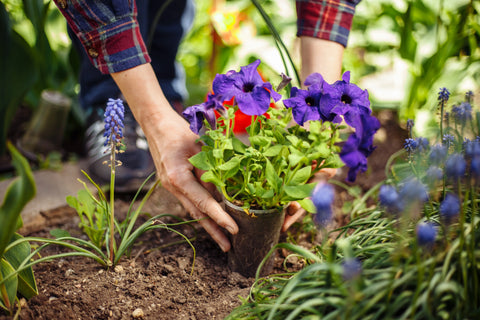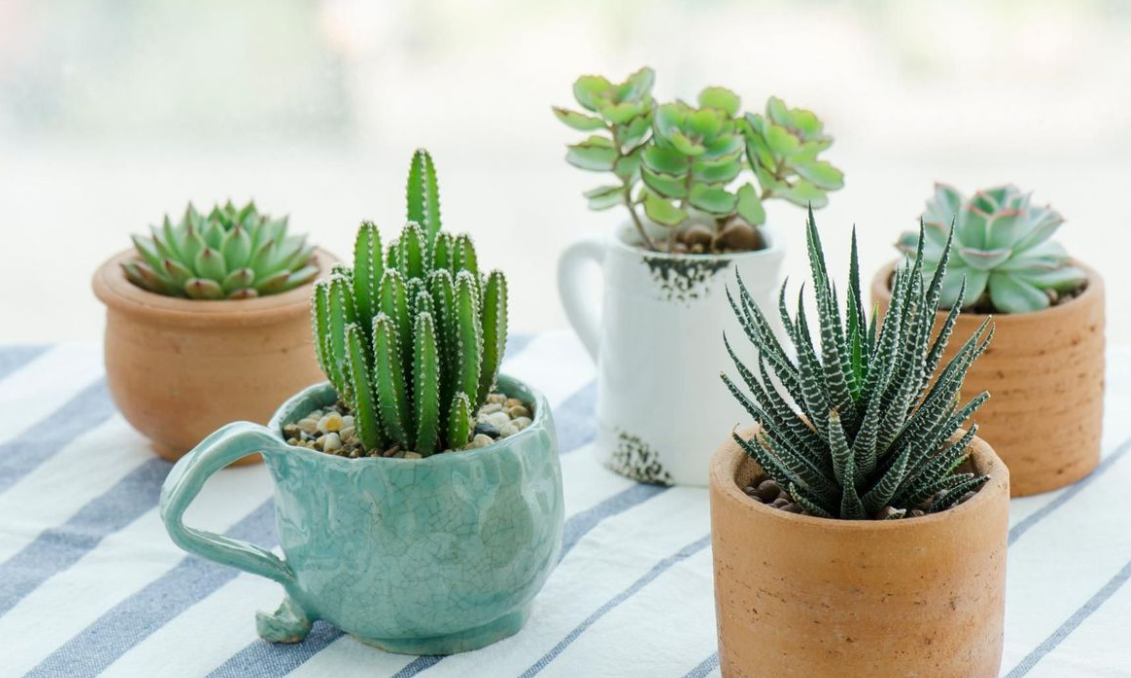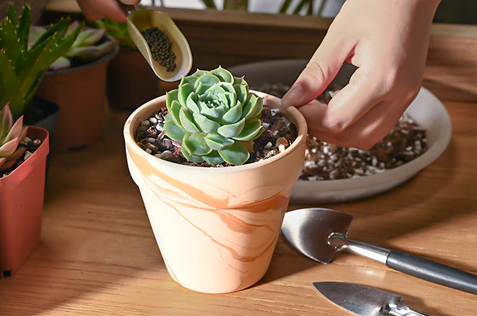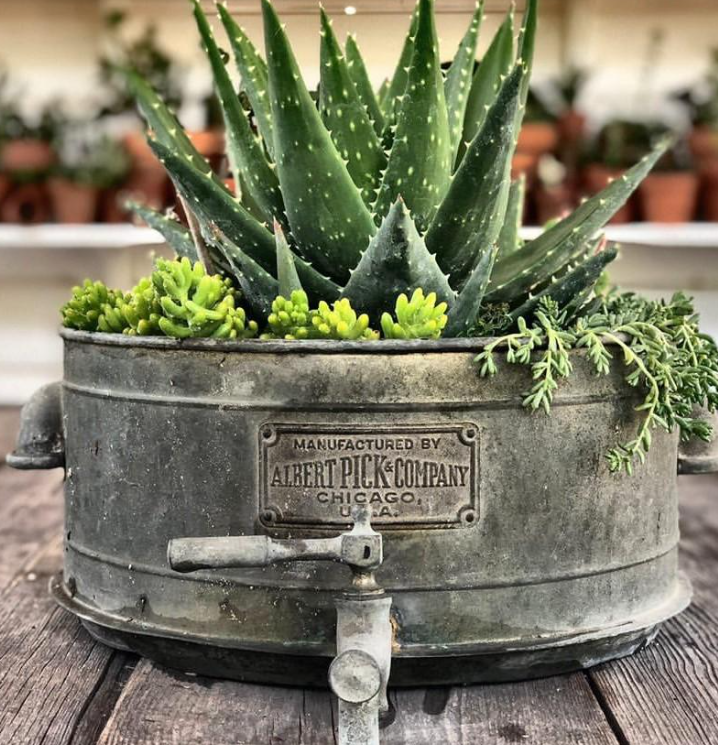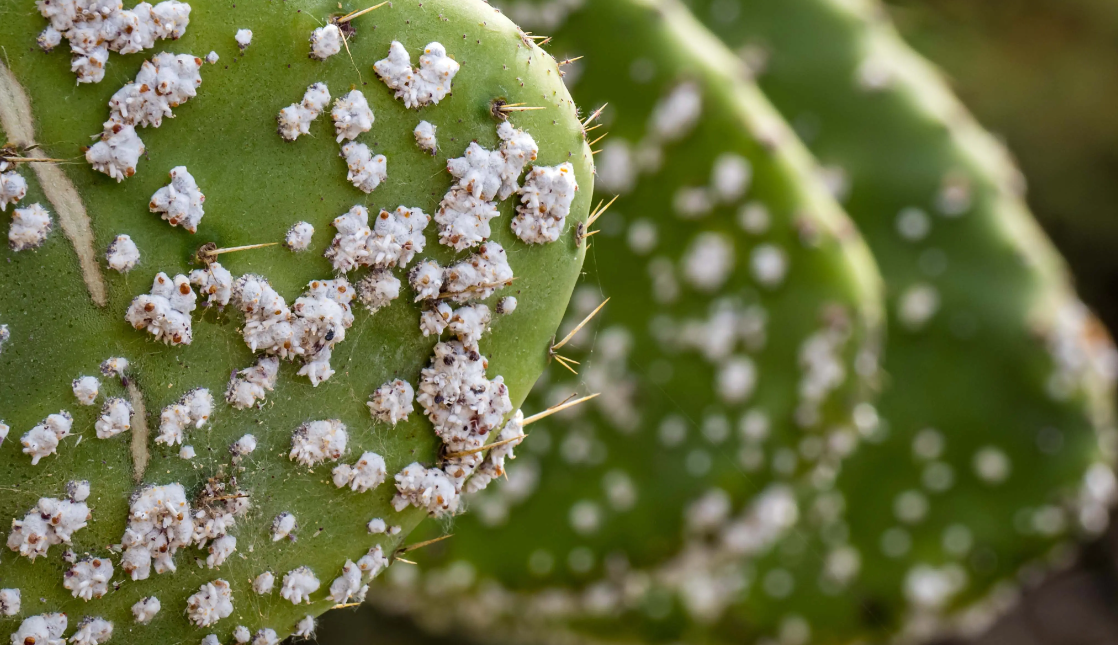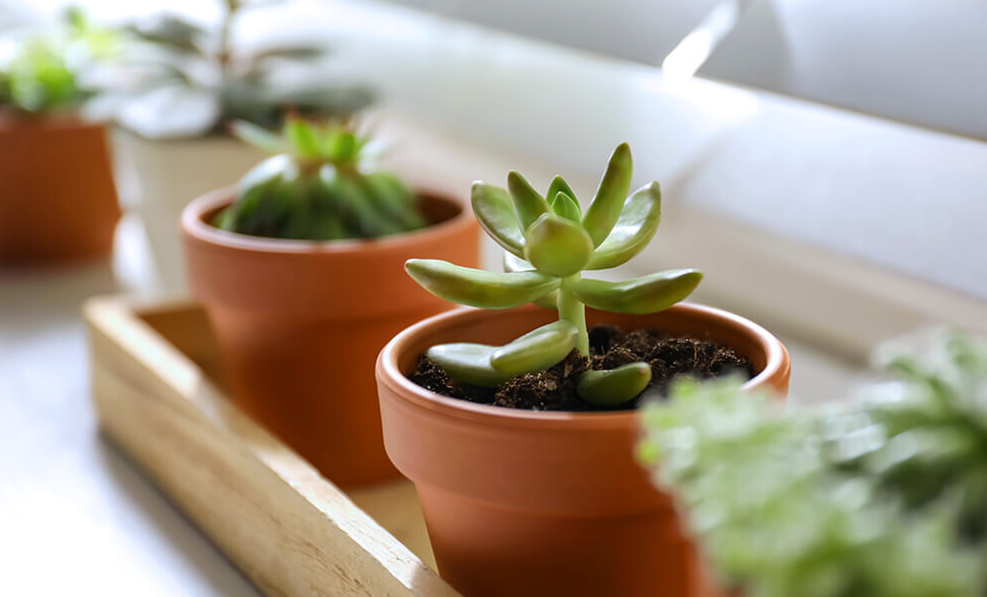1. Start With The Right Succulents
Not all succulents flourish when grown indoors. Succulent plants that hate full sun and can tolerate shade or lower lighting make a significant difference in your indoor succulent garden. The types of succulents that have brighter color variations- like purples, oranges, or reds- have generally a worse indoor placement since they often need at least some direct sun to be satisfied and have stronger light intensity compared to those typically experienced in the interior. One can begin by using naturally green succulents.


